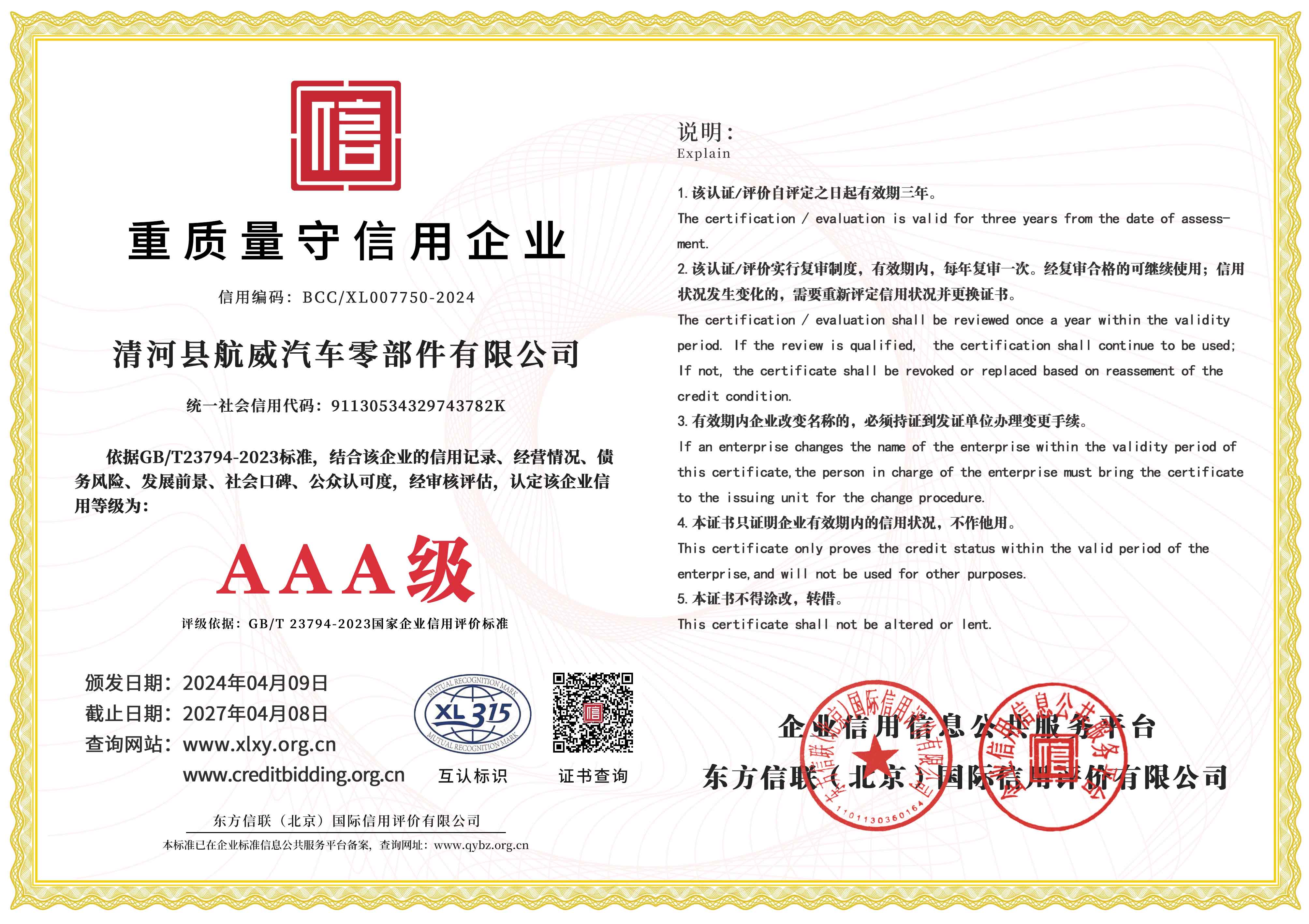e brake line
Understanding the E-Brake (Emergency Brake) Line Importance and Maintenance
The e-brake, commonly referred to as the emergency brake or parking brake, is a critical component in vehicle safety and operation. While most drivers rely primarily on their regular brakes when driving, the e-brake serves a distinct purpose that is equally vital. Understanding how the e-brake line works and its maintenance can enhance vehicle safety and longevity.
What is the E-Brake?
The e-brake is designed to hold a vehicle stationary when parked, especially on inclines, helping prevent it from rolling away. It operates independently of the vehicle's regular braking system, which uses hydraulic pressure. Instead, the e-brake typically employs a cable system, which connects the pull lever or pedal inside the vehicle to the brake mechanism on the rear wheels. This cable system is what we refer to as the e-brake line.
How the E-Brake Line Works
When the driver pulls the e-brake lever (or presses the pedal), it pulls on a metal cable that is attached to brakes at the rear wheels. This action engages the brake shoes or pads and holds the vehicle in place. In automatic vehicles, the e-brake is particularly crucial, as it prevents the car from rolling back when shifting from park to drive on a slope.
The mechanism sounds simple, but several components work together to ensure proper function. The cable that constitutes the e-brake line must be in good condition—any fraying, corrosion, or stretching can hamper its effectiveness. It is also connected to various levers and pivot points that must be well-lubricated and functioning correctly.
Importance of the E-Brake Line
The integrity of the e-brake line and the system as a whole is crucial for vehicle safety. A malfunctioning e-brake can lead to dangerous situations, particularly if the vehicle is parked on an incline. In worst-case scenarios, a failure can result in a vehicle rolling away, potentially causing accidents or damage.
e brake line

Additionally, some jurisdictions require that cars passing inspection must have a functioning e-brake. This requirement underscores the importance of regular maintenance and checks, not only for legal compliance but for the safety of the driver and others on the road.
Maintenance Tips for the E-Brake Line
1. Regular Inspections Vehicle owners should inspect the e-brake line regularly for signs of wear and tear. Early detection of issues can prevent more severe problems down the line.
2. Keep It Lubricated The pivot points and connection points of the e-brake should be lubricated to ensure smooth operation. A well-lubricated system reduces strain on the cable and other components.
3. Check the Cable Inspect the e-brake cable for fraying, rust, or any signs of degradation. If any issues are discovered, the cable should be replaced immediately to maintain functionality.
4. Test the E-Brake Periodically, drivers should engage the e-brake while stationary to make sure it holds the vehicle securely. A reliable e-brake should prevent the vehicle from moving even on an incline.
5. Seek Professional Help If you are not comfortable inspecting or maintaining your e-brake line yourself, it is wise to consult with a qualified mechanic. Regular professional inspections can catch issues that may not be obvious to the average driver.
Conclusion
The e-brake line might not be something that every driver thinks about regularly, but its importance cannot be overstated. Proper function of the e-brake and its associated line is critical for vehicle safety, particularly in preventing roll-aways. By understanding how the e-brake works and integrating regular maintenance into vehicle care routines, drivers can enhance both their safety and the longevity of their vehicles. Remember, a few simple checks can go a long way in ensuring that your e-brake works efficiently when you need it the most.
-
Workings of Clutch Pipe and Hose SystemsNewsJun.04,2025
-
The Inner Workings of Hand Brake Cable SystemsNewsJun.04,2025
-
The Secrets of Throttle and Accelerator CablesNewsJun.04,2025
-
The Hidden Lifeline of Your Transmission Gear Shift CablesNewsJun.04,2025
-
Demystifying Gear Cables and Shift LinkagesNewsJun.04,2025
-
Decoding Clutch Line Systems A Comprehensive GuideNewsJun.04,2025
